THE ORIGINS OF AET
50th Anniversary Archives
Part 1 – ‘The Foundations’ (1958-1974)
2024 marks AET’s 50th anniversary. Throughout the year, we are going to be exploring the archives and sharing stories of new and old. We will be reciting tales from the origins of the company back in 1974, to the turn of the century, and how AET is continuing to grow stronger in 2024. Join us as we delve into the history books in the first part of this chronicle.
Our founder, Anthony (Tony) Taylor, began his renowned career in turbocharger engineering as an apprentice in 1958, working at Mirrlees, an engine company in Stockport, Cheshire. This is where Tony learned core skills by working as a research and development engineer, aiding the development of the Mirrlees engines built in bore sizes from 8 inch to 19 inch for marine, power generation and industrial engines for the likes of British Rail. Tony recalls how he could even stand inside the liner!
Tony joined Holset Engineering Co. in 1966 and was appointed as their first ever ‘sales engineer’. Tony was responsible for all turbocharger matters at Holset and he would frequently visit customers across the UK and further afield around Europe. During these visits, parts and vital support would be given by Tony who was one of only a few expert minds in the world of turbocharging at this time.

Tony comments –
‘Even though I was Holset’s first ever sales engineer, they never had anyone going out before I was appointed, other than the boss. I would go and see everybody in the UK and abroad. I remember going to the Volvo Marine people in Sweden where we turbocharged one of their engines (power boats). It wasn’t as easy as it is nowadays to arrange meetings.’
Eventually, Tony became ‘special projects manager’ at Holset located in Huddersfield, West Yorkshire. Tony would liaise with customers and head up test projects to aid the development of turbocharged vehicles; such vehicles were a rarity in the 1960s.
During his time at Holset, Tony obtained full control of Ford turbocharging. This was made possible due to the level of respect Tony had earned from those in the motor industries, and from his vast list of contacts at various organisations, but in particular, with the team at Ford Motor Company. In 1971, Tony became a member of the ‘Institution of Mechanical Engineers’ with George Soule of Ford’s Laindon Research Centre being one of his referees.
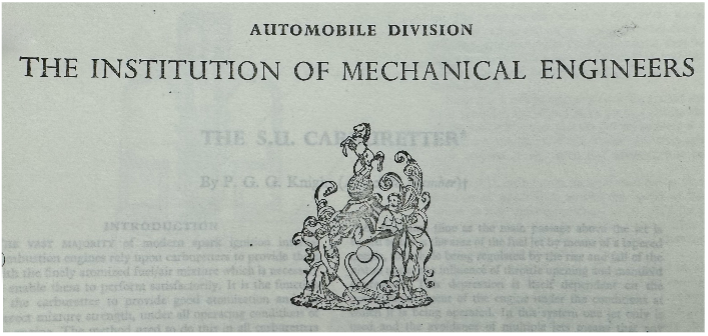
Tony recalls –
‘I became friendly with them (Ford) due to my visits there during my time at Holset, and it so happened I became responsible for all their turbocharging. I remember starting my journey across the country attempting to acquire business with their place in Rainham where the truck lads were, who eventually moved to their new building at Laindon. I went to Boreham, this was where the rally headquarters were, and started working with Stuart Turner and Peter Ashcroft on a 1.6L Engine on the DYNO. We were also given a Capri 1.6L by AVO (Advance Vehicle Operations) to develop back at Holset, however, during development, one of the lads smashed it into the wall in Flockton. I had to go and explain that which was eventful!’
Tony and the team at Holset received a second car for development from AVO; a 2.0L Cortina. Test runs for both cars were undertaken at the MIRA proving ground close to Nuneaton.
Whilst working at Holset, Tony had the opportunity to work on many other exciting projects including the tornado truck engine in the latter part of the 1960s; a 6L diesel engine. Tony and Holset became accustomed to working with diesel engines and they were encouraged to venture into the world of petrol turbocharging
They worked on several ground-breaking projects including a 1293cc Mini Cooper S using Lucas petrol injection which achieved 185BHP/7500RPM when tested at Abingdon. This turbocharged engine was installed for Irish racing legend, Alec Poole. Tony was the ‘technical back-up’ for Alec, and he would regularly travel around the UK and Ireland with him competing at various Hill Climbs and track events.

Tony shares –
‘We went to Ingliston and I recall seeing a brother and sister who would compete there and win practically every time in a ‘Wylies of Glasgow’ Ford Escort. We eventually raced there in the Mini and the crowd was elated when we had beaten them!’
The Engine was a huge success as it went on to be victorious at Silverstone and Alec won the British Touring Car Championship the following year; 1971. (see picture).
Tony was also invited to work with Ferrari and MATRA.
Tony states –
‘At the time, there was a lot of discussion amongst the Formula 1 teams about holding a ‘Libra Race’ – an event with few rules and no limits on engine capacity – all the big F1 teams were going to enter. As part of the development and preparation for this event, some of the teams were considering using turbochargers, and I supplied turbos to MATRA and Ferrari. A number of visits to Cosworth and meetings with Keith Duckworth followed.’
Tony visited MATRA and their engine test bed which was in an old WW2 bunker just south of Paris – a relic from the old Maginot Line. Tony recalls the noise of the turbocharged V12 engine being tested for the first time; ‘It was absolutely deafening, but fantastic, and a prelude for things to come.’

This was ten years prior to the first turbocharged F1 car being launched and the work that Tony and Holset were carrying out was breaking new ground and was at the forefront of global turbo technology.
Unfortunately, the Libra race never happened, but Ferrari invited Tony down to the 1969 Silverstone Formula 1 Grand Prix as part of the preparations:
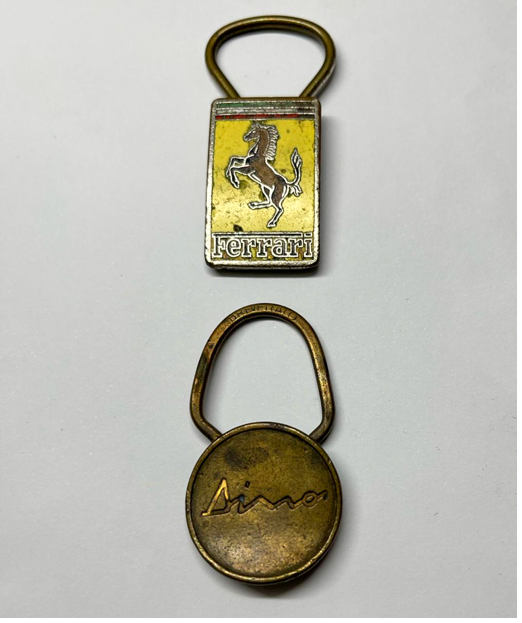
Tony recalls –
‘I went down to the pits, and met celebrated Ferrari designer Mauro Forghieri, who was chief engineer at the time. He wanted me to send over some turbos for testing and invited me over to Modena to help with the set up. It was a great experience.’
Tony toured the factory and had a meeting with Mauro and the engineering team where he divulged some advice about setting up the Schwitzer turbo on their big V12 engine. After that, Tony was told that Enzo Ferrari himself wanted to speak with him!
Tony shares –
‘He didn’t speak much English, and I don’t speak Italian, so we had a conversation through his PA. I think he wanted to keep a handle on what was happening with the turbocharging project. I told him that I’d write him a cheque for a new Dino 206 GT there and then – but it would probably bounce! He laughed, and I went away with several souvenirs. I gave them to my son Andy, who loved them – he still has them to this day.’
Tony remarks –
‘We didn’t get anywhere with the petrol engines though, unfortunately.’
Holset made the decision at the beginning of the 1970s that they were not going to push the petrol side and that they were going to concentrate on diesel. They were concerned about the temperatures of the turbochargers and the problems that could arise from third-party interference. The volume of demand for petrol turbochargers became quite frightening. A lot of money would have needed to be invested into a completely new business essentially, and Holset refrained from doing so, and have done so to this day. Holset honed their focus on the diesel side of things.
Tony comments –
‘In those early days, it was a bit hit and miss with the petrol side because they were on carburettors you see so nobody knew anything about them, and it wasn’t like it is now where they’re fuel injected, and you just look at a curve on a screen and decide to change the fuel input. You had to think what the weather would be like that day and whether you had to change the jets.’
Tony left Holset Engineering Co. in 1972. Later that year, he, and a former colleague at Holset, George Gregg, formed a company called Mandeen Engineering. George was the service manager at Holset, so he knew Tony rather well, and the foundations were already in place.
The name Mandeen originated from the blending of both Manchester (where Tony was from) and Aberdeen (where George was from). Clever, eh?
Working out of Tony’s home workshop, the pair had no car, as they both had to hand back their company cars to Holset upon their departure, and they had little money as they were just starting out. So, they had to settle for Tony’s mother’s car which did the trick although they had to arrange collection of it from Cheshire!
After two years Tony and George sadly went their separate ways as George was in search of a different challenge.
Tony did however accept an offer from Eric Jackson, the MD of ‘Service Garage’ a Ford dealership in Barnsley, to look after his service crew on the 1974 London-Sahara-Munich World Cup Rally. Naturally, Tony had a keen interest in rallying and was thrilled to be a part of the event. Their team was running a Ford Escort driven by local rally drivers Bob Bean and Eric Jackson, and they were up against some big names from the world of racing, including F1 legends Stirling Moss and Innes Ireland.
Tony recalls –
‘I was looking after the service car, and the route took us through Algiers and into the Sahara Desert. Like the majority of teams, we got lost in the desert because they’d changed the road layout without telling the race organisers, and the navigator notes were misleading!’
In the end, Tony and the team had to use a compass to get to the checkpoint at Tamanrasset in the middle of the Sahara, and they were the only independent service team to make the trip successfully.
All the service work had to be carried out at night by Tony and the team, and the terrain was incredibly challenging as you may expect.
Tony remembers –
‘By Tamanrasset, we were in the lead, but unfortunately, wear and tear was starting to take its toll on the poor Ford Escort. The team started the leg to Niger, but unfortunately, the car was going through struts like nobody’s business, and we ran out of replacements.’

Only 5 cars completed the full 18,000-mile distance to Germany. Tony’s team finished in a credible 7th place, and in his words, it was an ‘unforgettable experience.’

As soon as the rally was over in May 1974, Tony headed back to the UK, then within the walls of his home workshop in the hills of Yorkshire, AET was formed.
Tony Discloses –
‘I didn’t need a lot of money to live on. So, I started AET.’

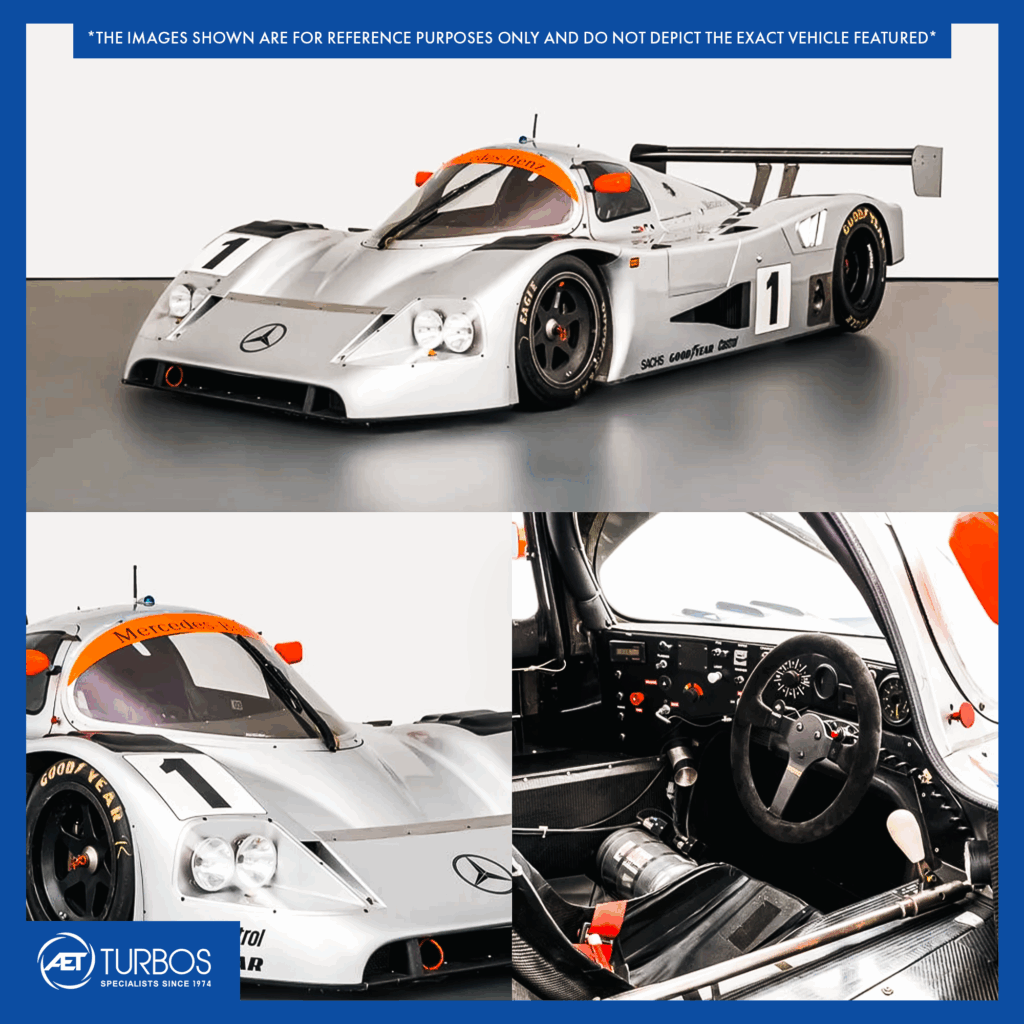
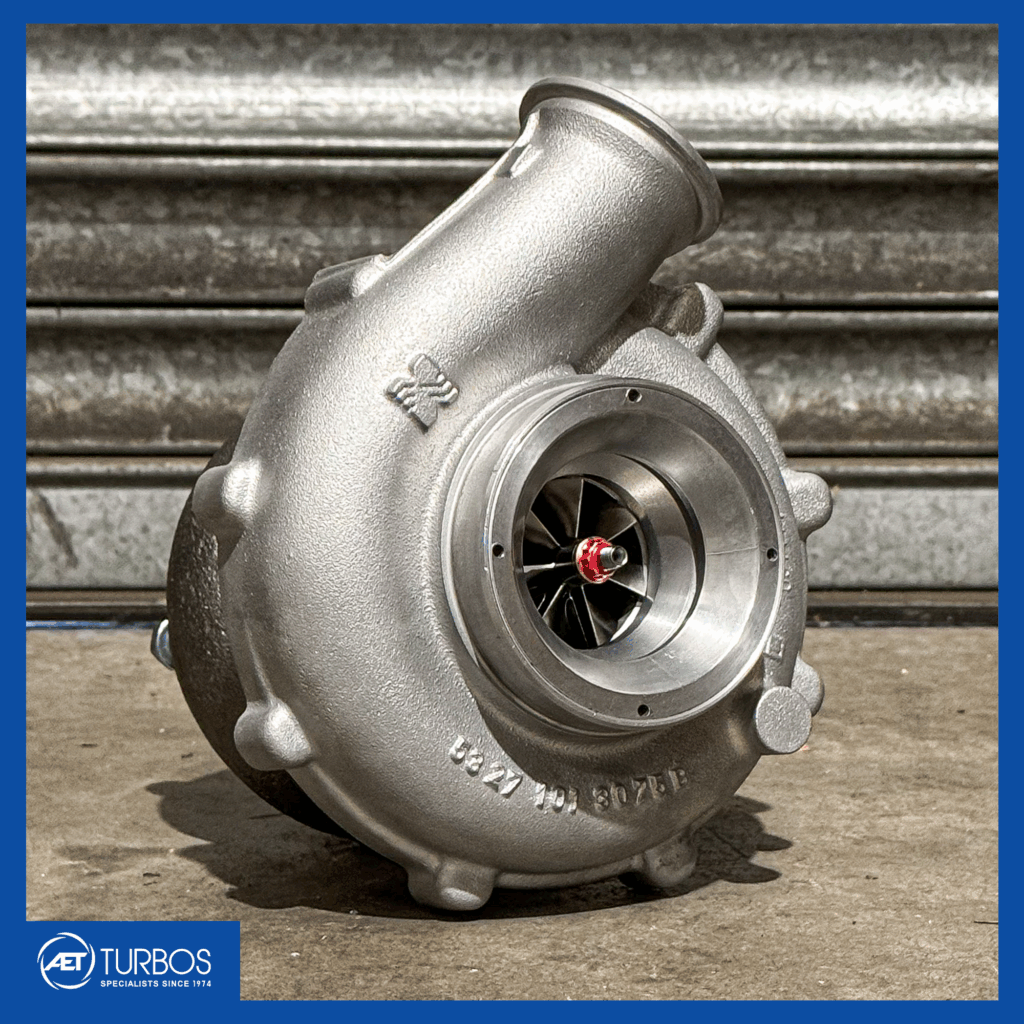
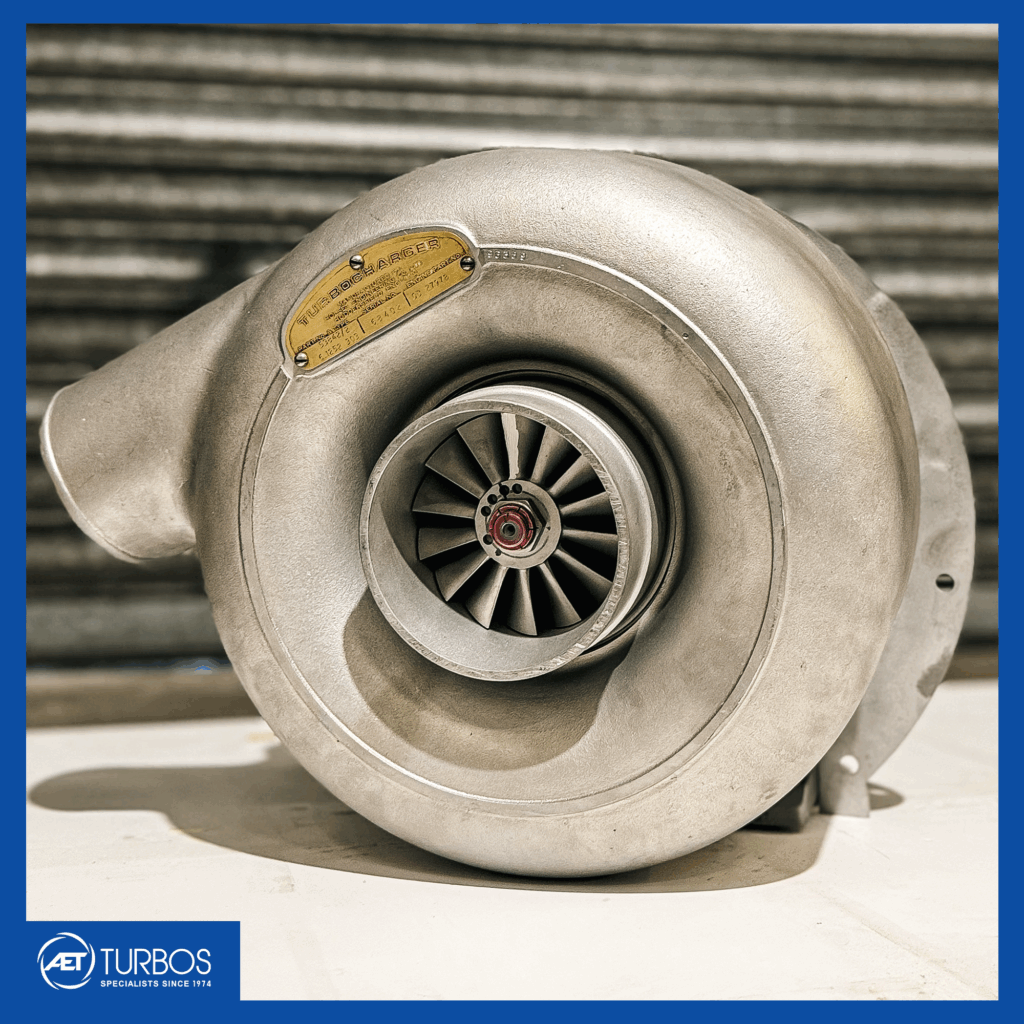
2 comments
Philip Sykes
What a fantastic story, looking forward to more.
AET
Thank you Philip. Part 2 will be out in a few weeks.